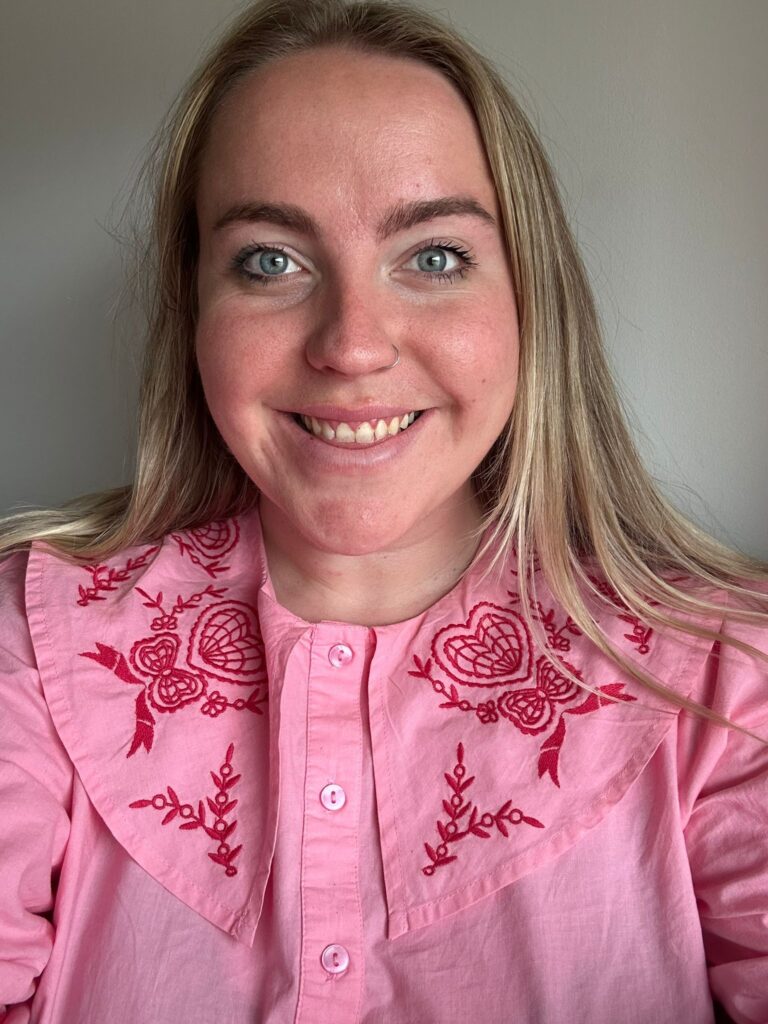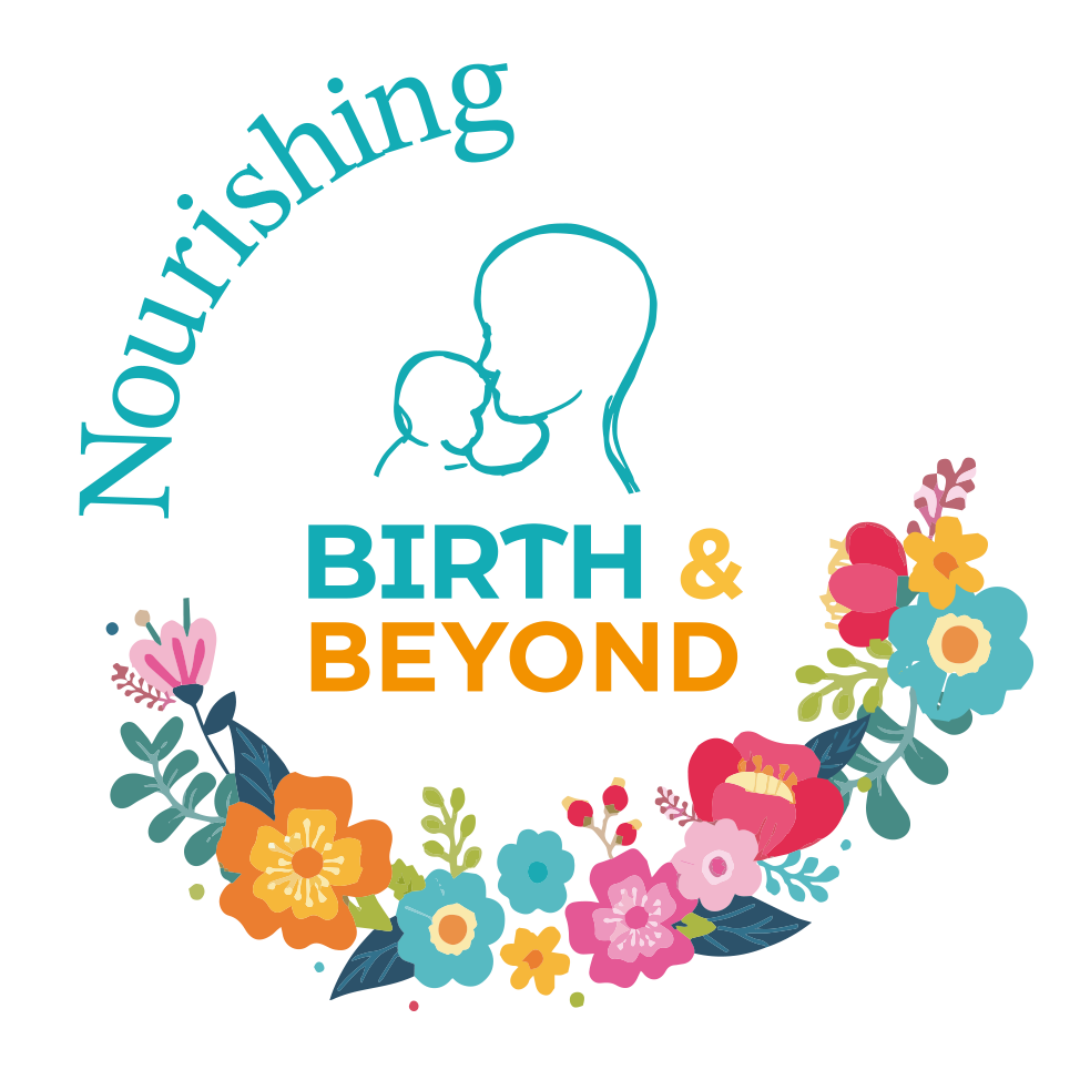I never thought I’d still be breastfeeding past my child’s first birthday.

Why?
Everyone told me how hard it would be. My expectations of breastfeeding were shaped by what others said, and they were low. Thinking back to pregnancy, what questions did I have about feeding, and what did I truly expect to happen?
Pre-feeding questions:
1. Will I be able to feed?
2. What does it feel like?
3. How often will my baby feed?
4. How will I know if my baby is getting enough milk?
5. Can I eat certain foods or drink certain drinks?
6. How can I get my partner involved in feeding, such as through pumping?
Below I’ll reflect on both my thoughts during pregnancy and the reality afterwards.
1. Will I be able to feed?
This question probably came from fear of the unknown, or maybe from hearing other people’s experiences. I felt like it was the “right” thing to do — supported by all the research I was reading. But looking back, that may have created pressure to achieve something I believed would be difficult. That’s not the best mindset to have when you’re fresh out of birth, full of oxytocin, and meeting your baby for the first time.
I was able to feed at first. I still am, 14 months later. That doesn’t mean it was easy. We hit many bumps in our feeding journey, but I can’t tell you how rewarding it has been. Even now, over a year later, the connection between my daughter and me is strong and incredibly special.
2. What does it feel like?
During pregnancy, I was so focused on birth and everything that came with antenatal education. I didn’t really consider how feeding would feel. I assumed it might be painful, but that the pain would be worth it. I remember being asked, “Will you breastfeed?” and replying, “I’ll try as long as I can,” almost expecting pain that I might not be able to manage.
Feeding feels different for everyone. It’s important to remember this is my experience, which doesn’t cover all.
At first, it felt comfortable, almost like I couldn’t feel anything at all. But over time, my daughter’s latch became weaker, which affected both my milk supply and her weight gain. She developed slow, prolonged breastfeeding jaundice.
Eventually, feeding began to feel like a pinch. But since I’d never breastfed before, I thought maybe that was normal. I now realise that if feeding is painful, it’s usually a sign something isn’t quite right. When a baby is latched correctly, pain shouldn’t be part of it. We later discovered my daughter had an anterior tongue tie, which was eventually divised.
3. How often will my baby feed?
I wanted to be prepared, so I tried to come up with a kind of timetable. My teacher brain liked the idea of structure, although the reality was quite different. Antenatal classes had told me I might be feeding every hour, and I probably took that a bit too literally.
In reality, Penny fed most of the day and night in the early weeks. This was partly due to her poor latch and the tongue tie. Things didn’t begin to improve until after her tongue tie was treated, and we worked on latch support and building up my milk supply. Around six weeks old, she suddenly began gaining weight, seemed more settled, slept better, and I felt reassured that she was getting enough.
4. How will I know if my baby is getting enough milk?
I remember asking this question like someone would be able to tell me how many millilitres she needed. When her weight gain was slow, I felt like I was failing. But something inside told me to trust myself and keep going, with the support I’ll mention later in this blog.
A big realisation came during a cluster feed in the first few weeks. I sat there thinking, “I’ve got no milk left.” My partner and I didn’t know what to do. “How could she still be hungry? Do I have enough milk for her?” What I didn’t know then is that there’s no such thing as ‘empty’ breasts. Milk is constantly being made. Once I accepted that even if I felt empty, I fed her whenever she showed signs she wanted to. That made all the difference, she was settled more and I began to relax.
5. Can I eat and drink what I want?
I remember sitting with a group of new mums chatting about gin and tonic. We were discussing “pumping and dumping” or only having one drink with a meal. There were even questions about what cheeses or seafood were safe to eat.
The truth is, the alcohol levels in breast milk are the same as in your bloodstream. So alcohol doesn’t build up or stay in breast milk. For example, if you drink one unit, it leaves your milk at the same rate as it leaves your blood.
I’ve prioritised drinking plenty of water and eating foods I enjoy, which is so important when breastfeeding. And yes, I still enjoy a G&T on a Friday night!
6. How can my partner help with feeding?
I used to worry about what would happen if something happened to me. How would my baby be fed? I became obsessed with pumping and freezing milk. I wanted an entire freezer drawer full of expressed milk. This is such a common feeling.
I also wanted my partner to feel included in feeding and give me a bit of a break. I ended up with an engorged left breast from pumping too often, but at the time it felt better than not having backup milk for my baby — just in case.
Ironically, she refused bottles. Most of the milk ended up being used in baths. What she really wanted was the comfort of being close to me — the skin-to-skin contact, not just the milk. After we started weaning, my partner became much more involved in feeding. For example partners could take a more active role in bath time, bedtime and other routines.
This shift showed me that what I thought I wanted before birth didn’t turn out to be what my daughter needed. But every baby is different, and what works for one might not work for another.
It’s important to say that pumping isn’t essential unless your baby isn’t removing milk effectively, you want to build a freezer stash, or someone else will be feeding your baby. There’s a common myth that breastfeeding means you have to pump. You don’t.
Also, don’t spend a fortune on a brand-new pump. You can often buy a second-hand one from someone you trust. In hospital, pumps are shared by many women, and they’re perfectly safe to use with new parts and proper sterilising.
Final Thoughts
I hope this honest reflection helps answer some of the questions you might have. If you’re looking for more support, please see the ‘Tongue Tie & Feeding’ page.
Looking back, I’ve had my share of struggles — engorgement, breast refusal, nipple pain, baby constipation, sleep issues, even snoring! But breastfeeding has been one of the most worthwhile experiences of my life. My daughter is happy and healthy, and the bond we’ve created is incredibly strong.
Please feel free to send us a message or email if you have any questions or need support.

Molly Bouch is the Tongue Tie & Lactation Assistant at Nourishing Birth and Beyond.
